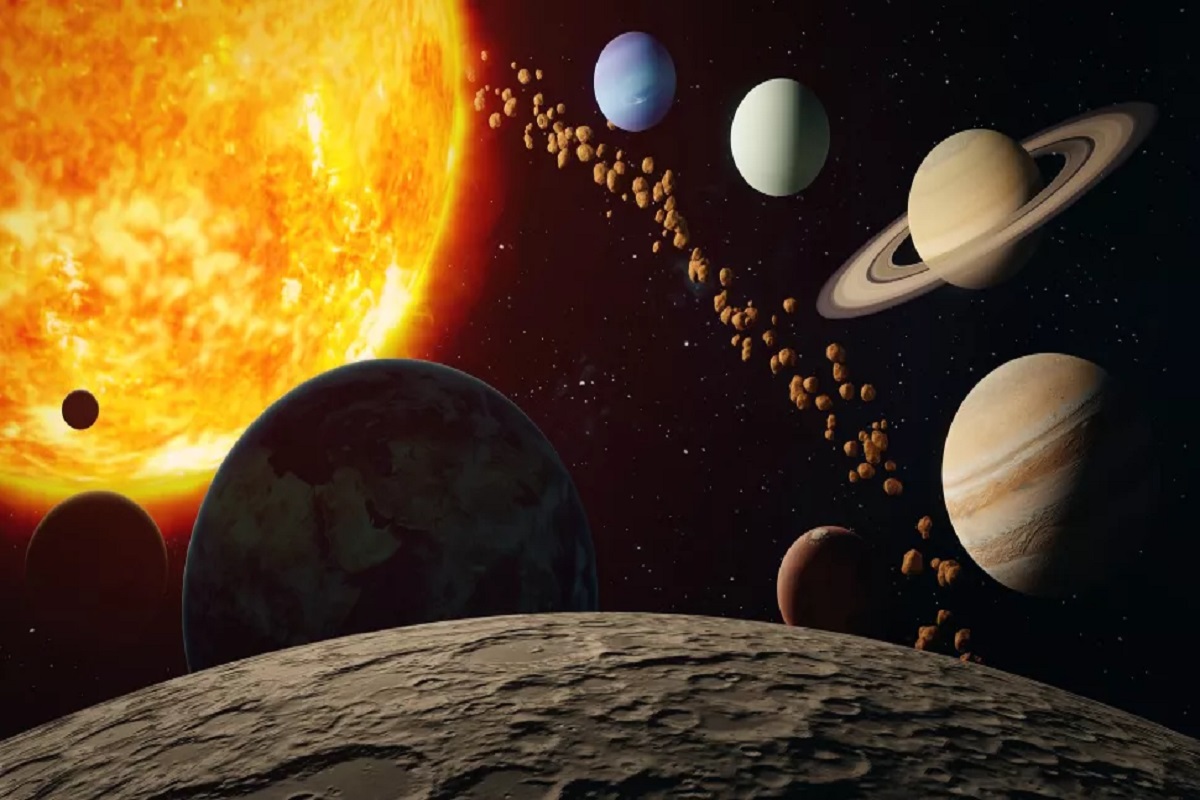Scientists have analyzed the chaos of the solar system. At this time the orbits of Mercury, Venus, Earth, and Mars are particularly focused. Previous research suggests that these planets should have collided with each other in the present day.

In fact, there was no conflict in reality. New research published in the journal Physical Review X explains the mathematical equation behind this adjustment in the solar system. Here the orbits of exoplanets around other stars are highlighted.
Planets exert a gravitational pull on each other. As a result, their orbital alignment occurs. But because the outer planets can resist these gravitational pulls, the orbits are more stable.
The uncertainty in the initial position and motion of the planet increases with time. After studying the orbits of the inner planets of the solar system, various mathematical equations were fitted.
It can then be seen that the uncertainty of a planet’s position increases with time. Such uncertainty has baffled scientists considering the age of the solar system is more than 4.5 billion years.
The process of maintaining the stability of our solar system is quite subtle and complex. But there seemed to be some chaos in the planet’s orbit. This study provides a new perspective on the current position of the solar system. Another question remains, however, whether the number of planets and the stability of the complex system have always been the same throughout its billion-year existence.
